Raising Cows at Home A Complete Guide.
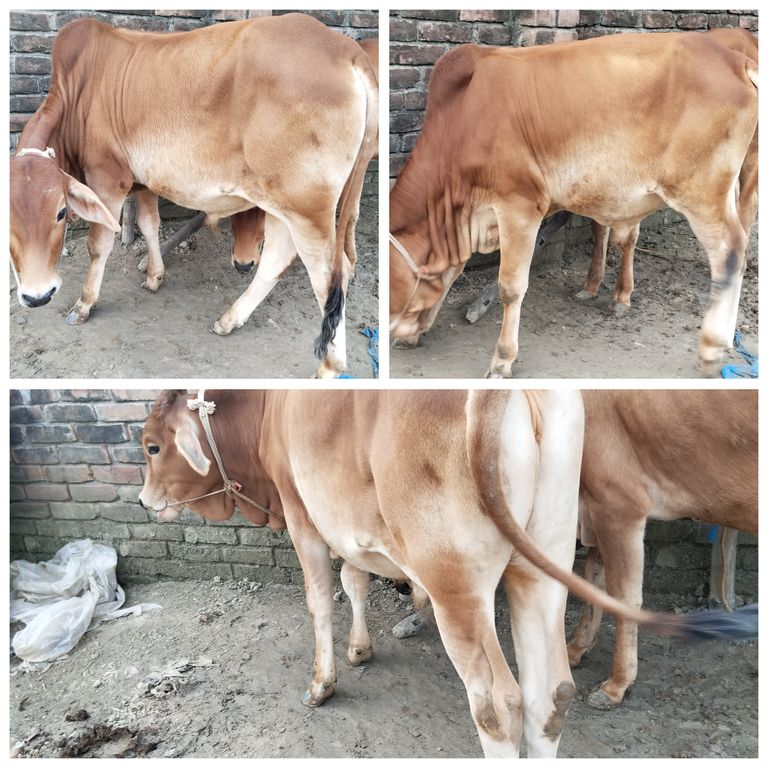
Introduction
Raising cows at home is a rewarding venture that offers fresh milk, organic fertilizer, and a sense of self-sufficiency. Whether you're a rural homesteader or an urban farmer, understanding the basics of cow care is essential for success. In this guide, we’ll cover everything from selecting the right breed to providing ideal living conditions and health care tips.
Benefits of Raising Cows at Home
Fresh Dairy Supply: Having your cow ensures fresh milk, butter, and yogurt.
Organic Fertilizer: Cow manure is excellent for gardens.
Income Opportunity: Selling surplus milk or calves can generate income.
Sustainable Lifestyle: It promotes self-reliance and environmentally friendly practices.
Planning for Your Cow
Before bringing a cow home, there are several key considerations:
Space: Cows need enough room to roam and graze. Aim for at least one acre per cow.
Budget: Factor in feed, shelter, healthcare, and potential breeding costs.
Local Laws: Check local zoning laws, as some areas restrict livestock.
Selecting the Right Breed
Choosing the right breed depends on your purpose—dairy, beef, or both. Here are some popular options:
Dairy Breeds: Jersey and Holstein cows are known for high milk production.
Dual-purpose Breeds: Brown Swiss and Shorthorn are good for both milk and meat.
Beef Breeds: Angus and Hereford are preferred if raising cows for meat.
Setting Up Shelter and Facilities
Cows need shelter to protect them from extreme weather. Key elements include:
Barn or Shed: A basic barn with good ventilation and drainage is essential.
Bedding: Straw or hay bedding keeps cows comfortable.
Fencing: Use sturdy fencing to keep cows safe and contained.
Feeding and Nutrition
A balanced diet is crucial for cow health and milk production.
Grazing: Allow cows to graze on fresh grass, which is their natural diet.
Supplementary Feed: In winter or drought, provide hay, silage, and grains.
Mineral Supplements: Ensure access to mineral blocks for balanced nutrition.
Water Requirements
Cows need a large amount of fresh water daily. Provide:
Automatic Water Troughs: Ensure a constant supply.
Clean Water: Change water frequently, especially in hot weather.
Milking Your Cow
For those raising dairy cows, regular milking is essential.
Milking Schedule: Milk twice a day to maintain milk flow.
Hygiene: Clean the udder and equipment to prevent infections.
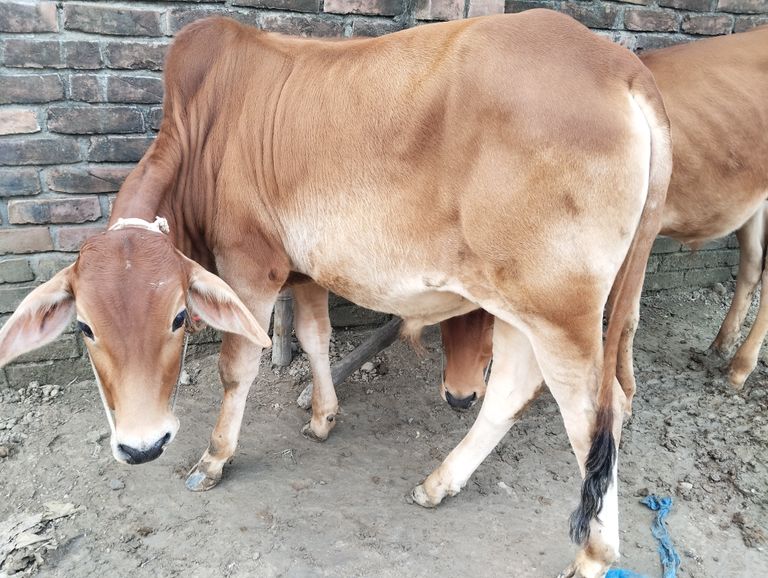
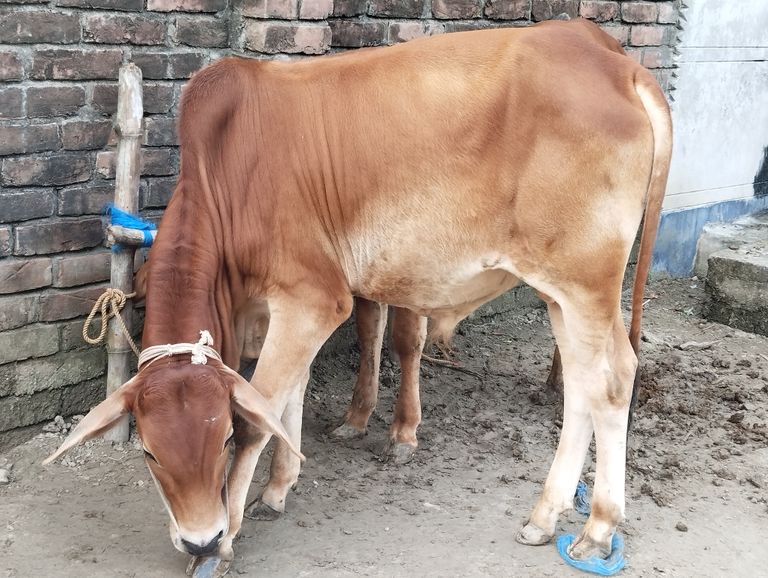
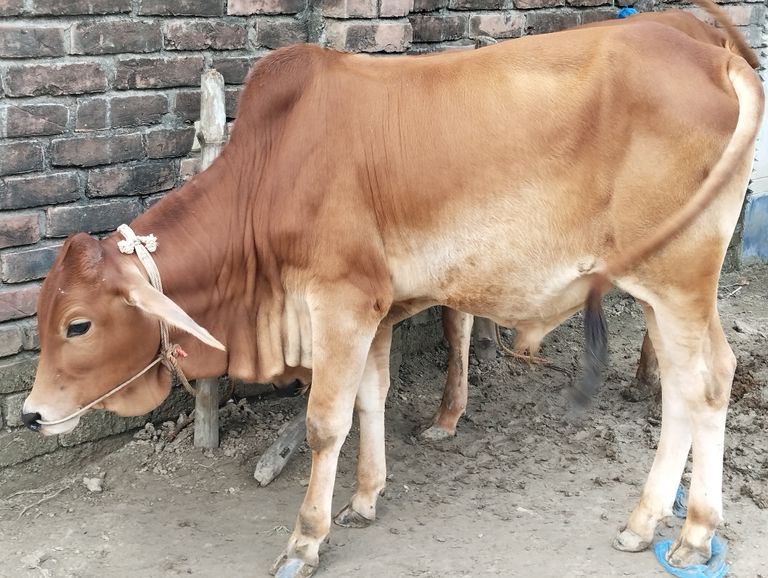
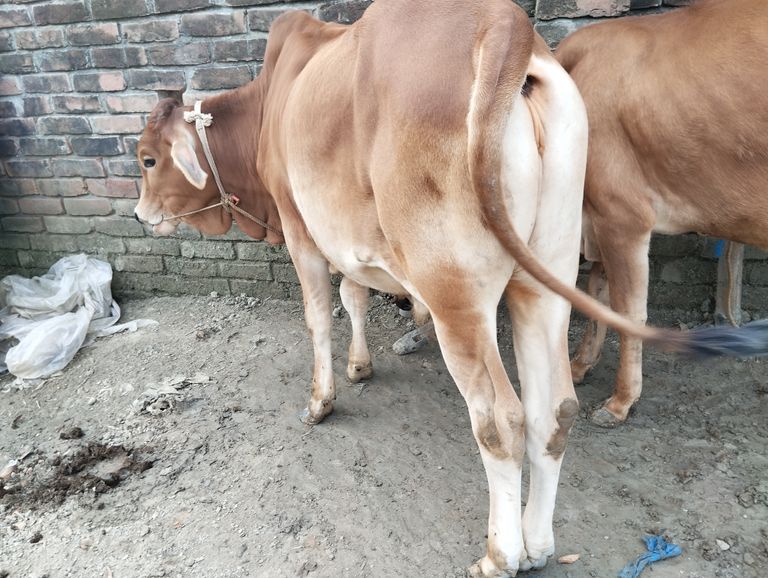
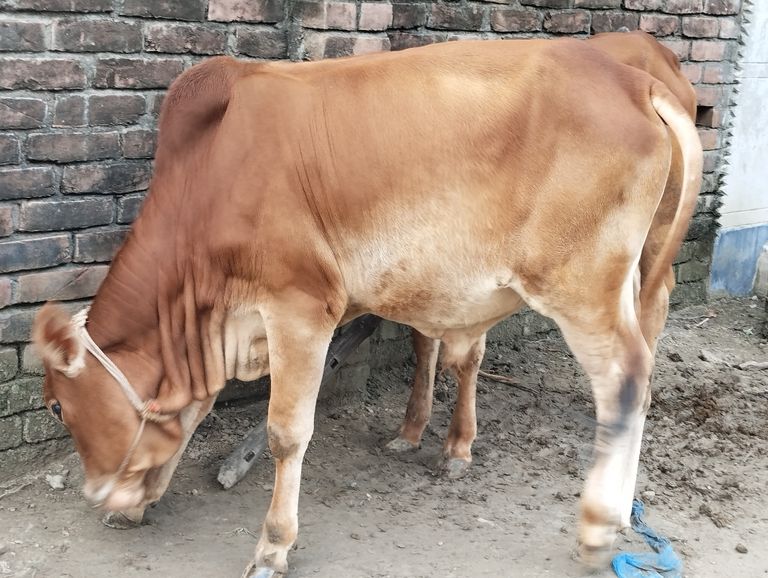
Health Care and Vaccination
A healthy cow is a productive cow. Common care practices include:
Vaccination: Regular vaccines for diseases like foot-and-mouth disease.
Deworming: Every few months to prevent parasites.
Veterinary Checkups: Schedule regular checkups with a veterinarian.
Breeding and Calving
If you plan to breed cows, you’ll need to understand basic breeding practices.
Breeding Age: Cows are typically ready to breed at 15–18 months.
Calving Care: Ensure a safe, quiet place for cows to give birth.
Calf Care: Feed colostrum to newborn calves within the first few hours.
Common Challenges and Solutions
Managing cows at home can present challenges, including:
Space Constraints: If space is limited, rotational grazing can help.
Health Issues: Quick response to illnesses reduces the risk of outbreaks.
Waste Management: Use manure for compost or biogas production.
Conclusion
Raising cows at home can be fulfilling and economically beneficial with the right care. By following these guidelines on shelter, feeding, healthcare, and breeding, you’ll be well-equipped to manage a happy, healthy cow on your homestead.
Let me know if you'd like me to expand on any section. This outline should give a comprehensive view for an informative, reader-friendly blog.